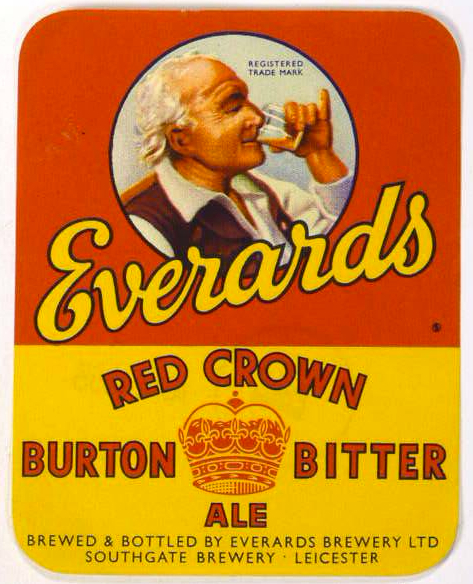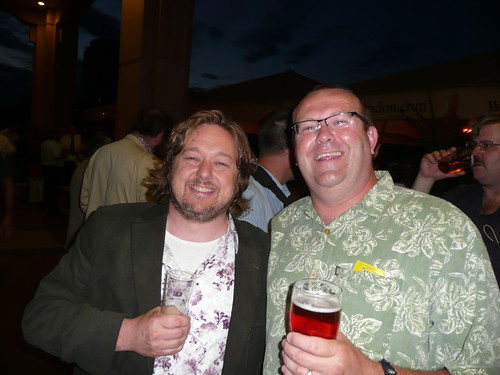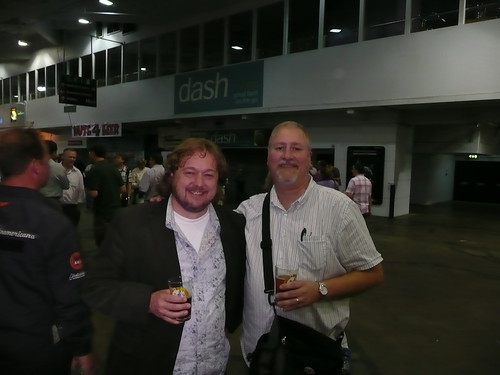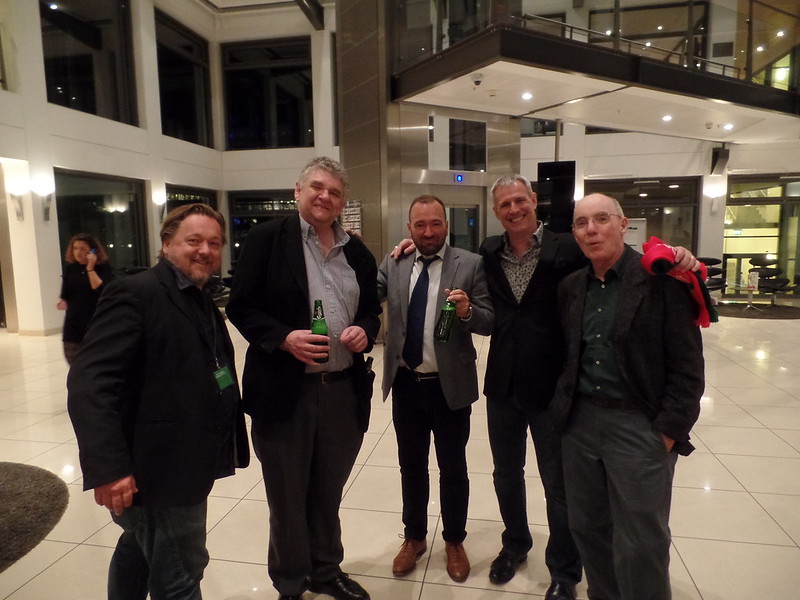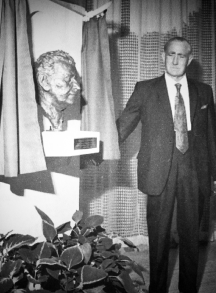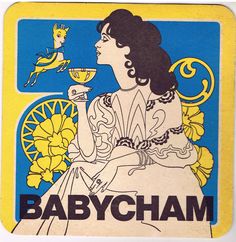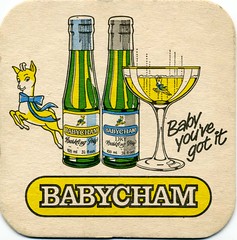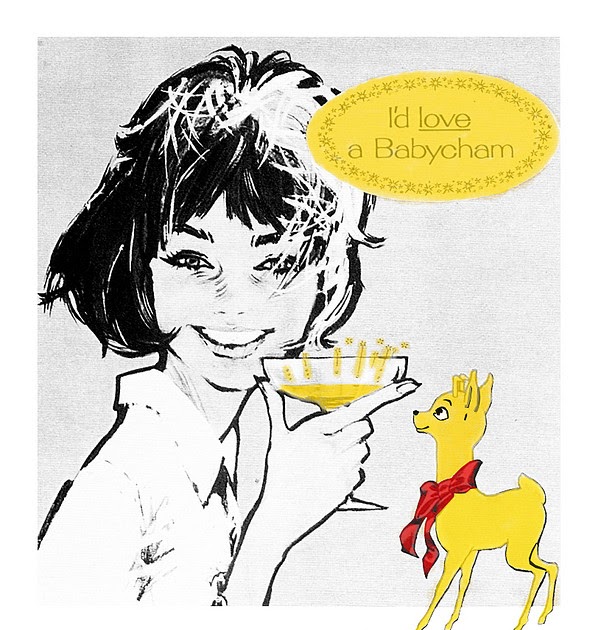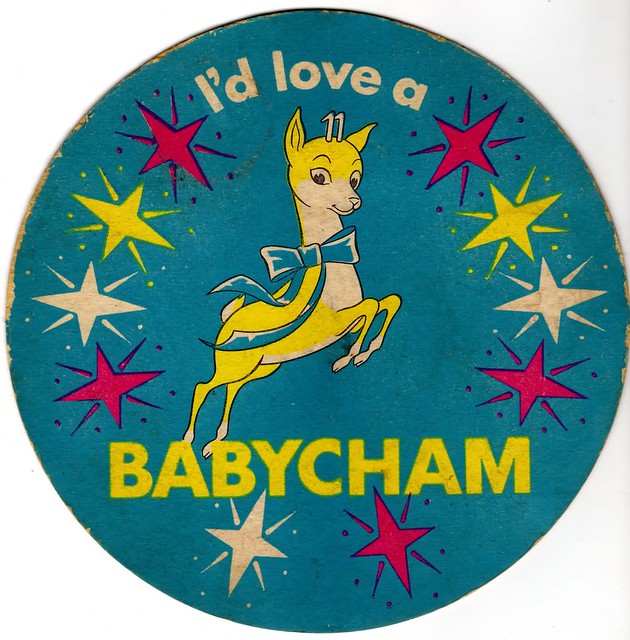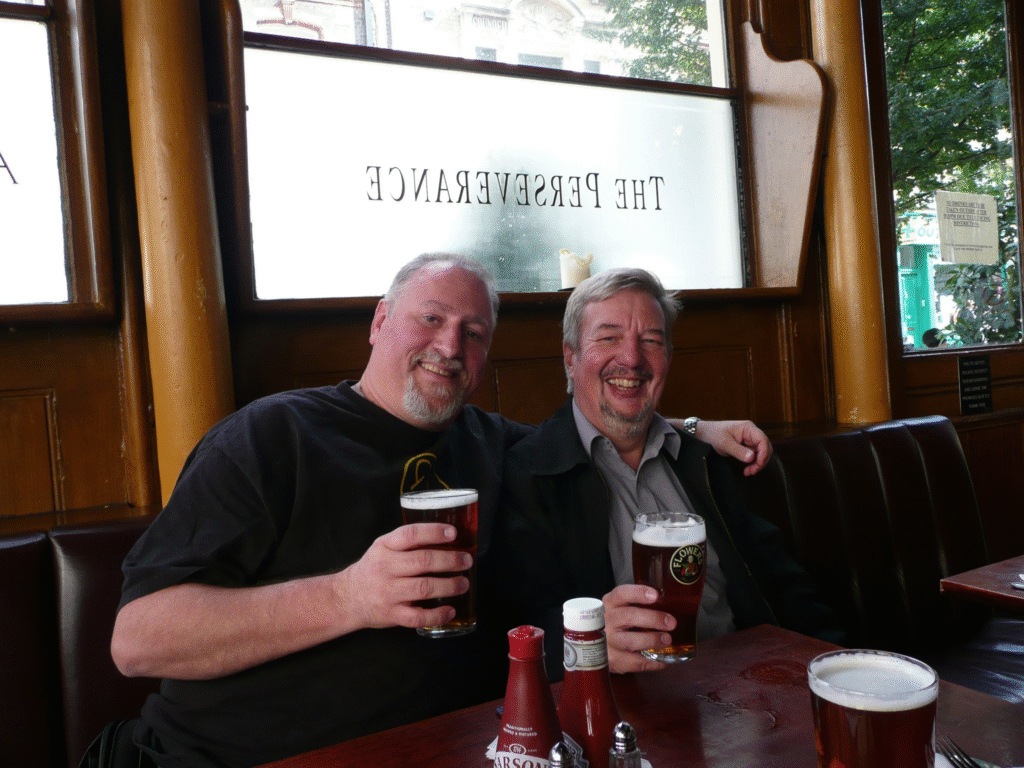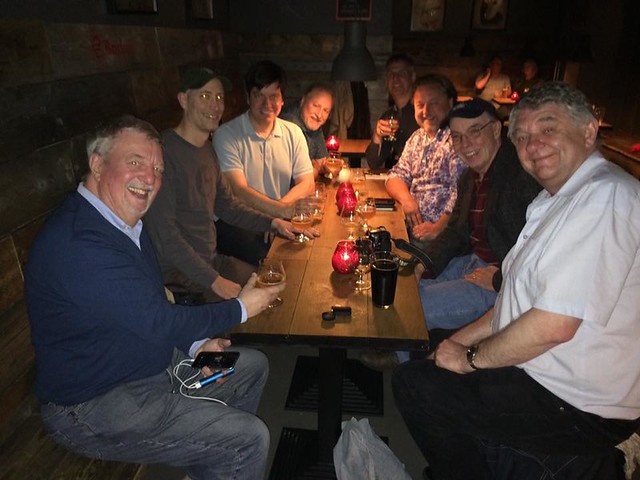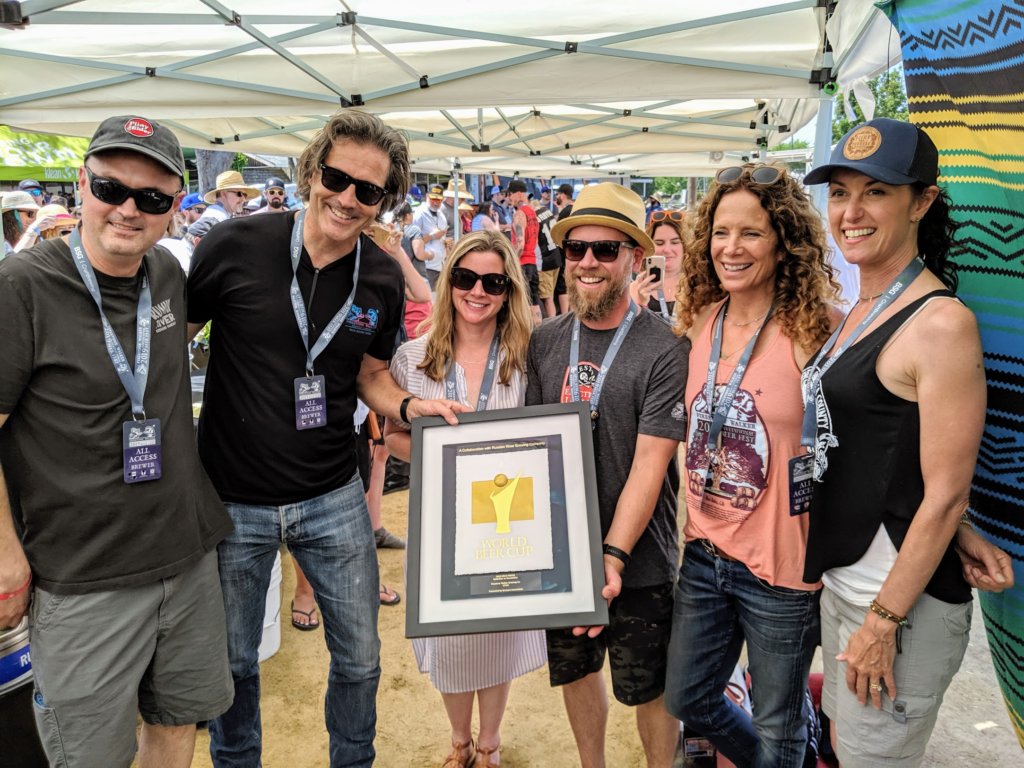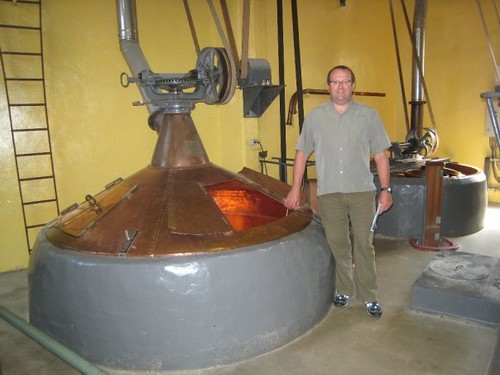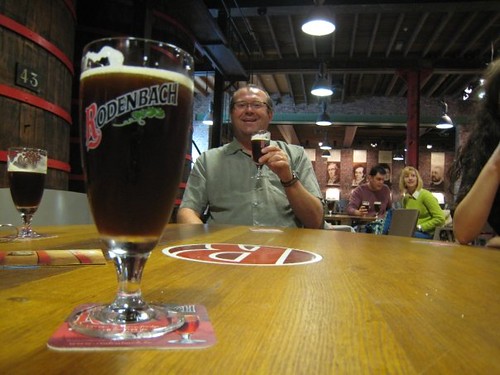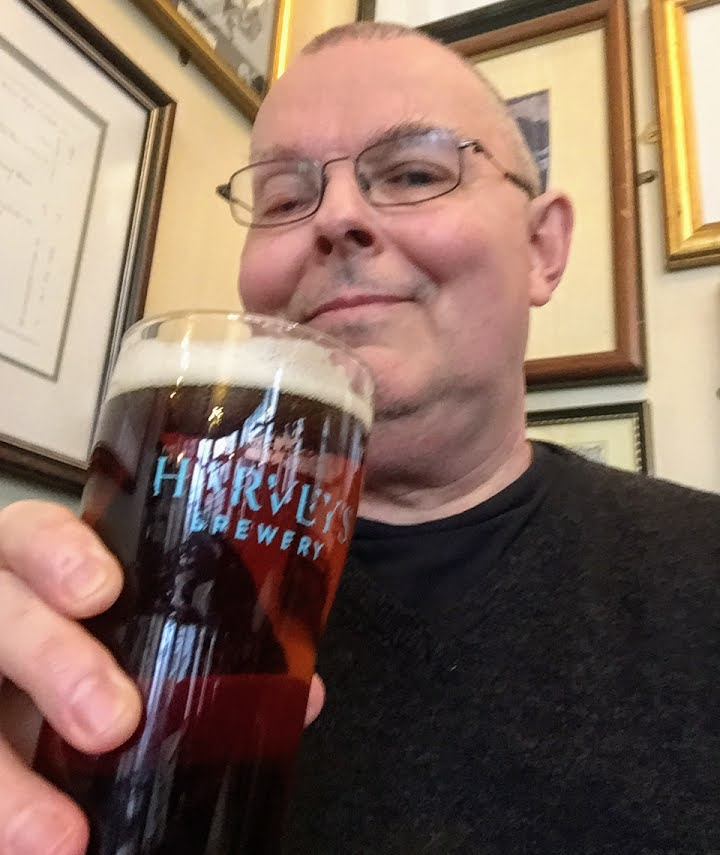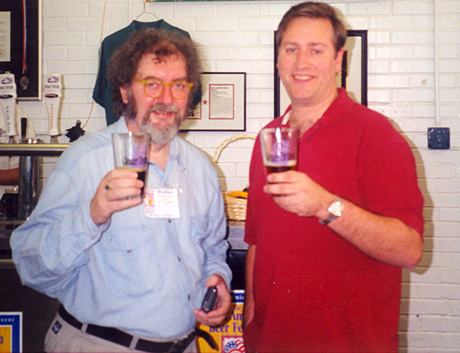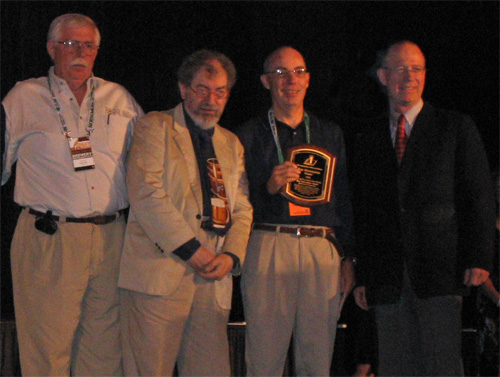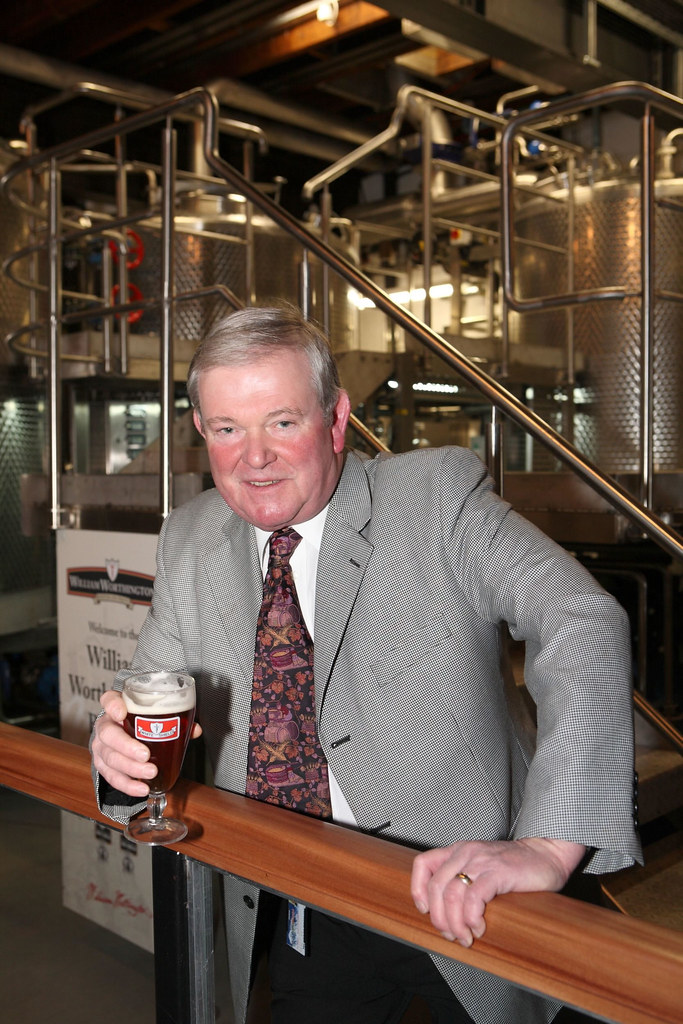
Today is the birthday of William Everard (July 13, 1821-December 28, 1892). Everard co-founded what would become known as the Everards Brewery, which is still a going concern today, and is still run by an Everard, who is fifth generation from William.
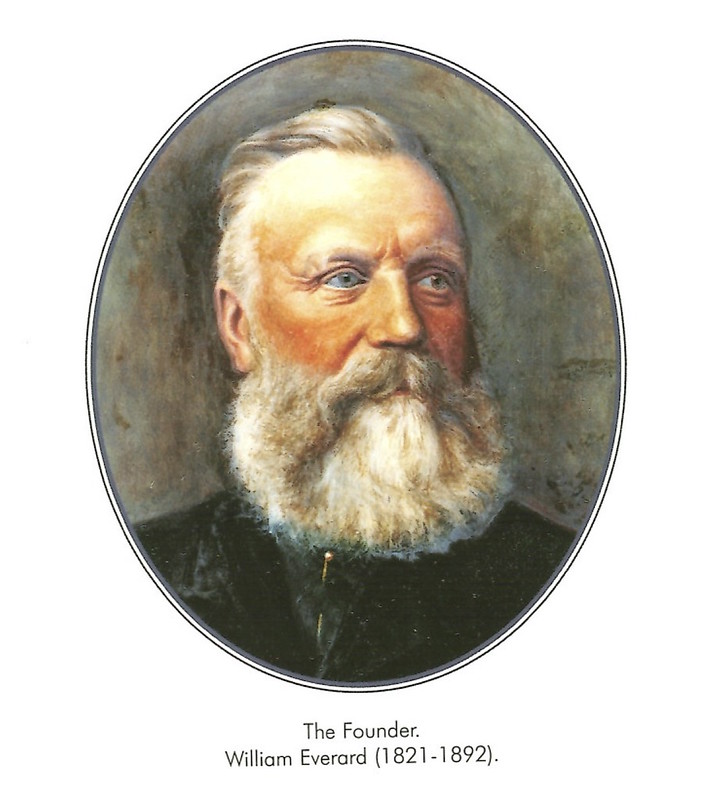
Here is William Everard’s short biography from the brewery website:
William Everard was born on 13th July 1821 in a country where the Industrial Revolution was still in its infancy, and farming remained the largest single occupation. William married Mary Ann Bilson on27th March 1847, they had three children- one of which was Thomas William who would eventually continue his fathers work at the brewery.
On the fifth October 1849, William entered into partnership with Thomas Hull, a local maltster. They leased the existing brewery of Messrs Wilmot and Co. on Southgate Street, Leicester. The brewery became well established during William’s forty two years in charge.
As a successful and responsible Victorian citizen, William took public service seriously and devoted a larage amount of time to several public bodies. He joined the Leicester Highways Board on its constituition, and served for twenty years as its chairman. He was an energetic supporter of the Conservative Party, arranging meetings and political gatherings at his house, eventually becoming chairman of the Harborough Division.
Continuing to operate his farm as well as run his business, William also became prominent in local agricultural affairs as a member of the Chamber of Agriculture and Leicestershire Agricultural Society, founded in 1833.
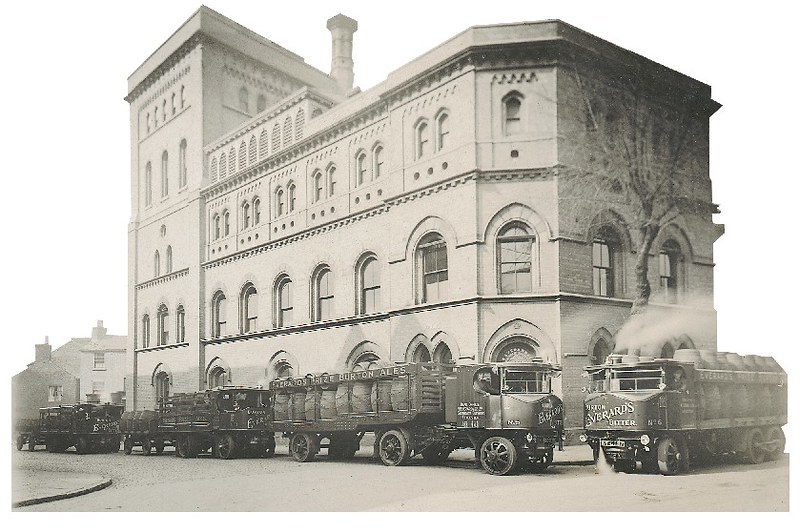
And here’s the basic brewery history from Wikipedia:
The company began as Hull and Everard in 1849 when William Everard, a farmer from Narborough Wood House and brewer Thomas Hull leased the Southgate Street Brewery of Wilmot and Co from the retiring proprietors. Although Hull continued as a maltster, Everard was the driving force behind the business which he managed until his death in 1892.
The business expanded as the company progressively acquired outlets, with over 100 pubs by the late 1880s. In 1875 the company moved to a new state of the art tower brewery designed by William’s nephew architect John Breedon Everard. The brewery, on the corner of Southgate St and Castle St extracted very pure water from wells 300 feet deep beneath the premises and steam engines played a significant part in the mechanisation.
After the death of William, control passed to his son Thomas. The historic centre of the UK brewing industry remained some 40 miles away at Burton-upon-Trent, which by the 1890s produced one tenth of Britain’s beer. Everard’s leased the Bridge Brewery on Umplett Green island in 1895 but its 10,000 barrels per year capacity proved insufficient. It was replaced with the newer Trent brewery in Dale St which became available after going into liquidation in 1898. The Southgate brewery remained the distribution centre to the Leicestershire pubs with beer arriving by rail from Burton. The Trent brewery was purchased outright in 1901. It was renamed the Tiger Brewery around 1970.
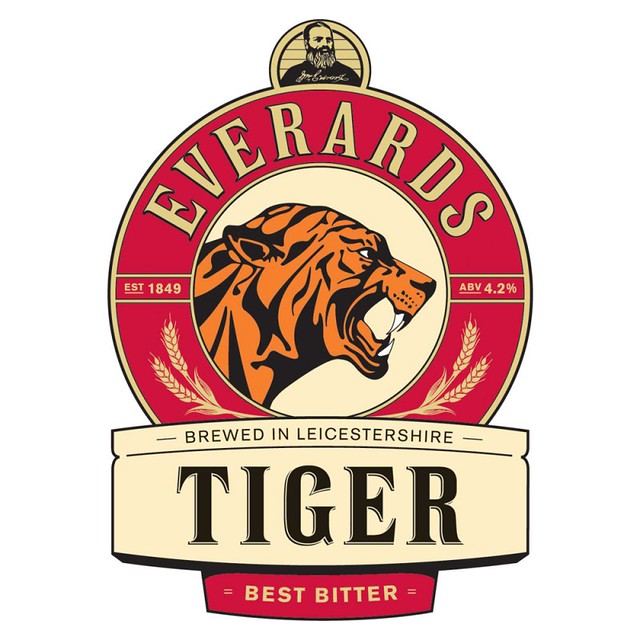
At some point their Tiger Best Bitter became their flagship beer, and I remember really enjoying during my first CAMRA festival in the early 1990s. It was a regional festival in Peterborough, which happened to be going on in later summer at the end of my wife’s summer semester at the University of Durham. So we took the train up to Peterborough from London to attend the festival, and it was great fun. I had many fine beer that night, but for whatever reason I clearly recall liking this one.
